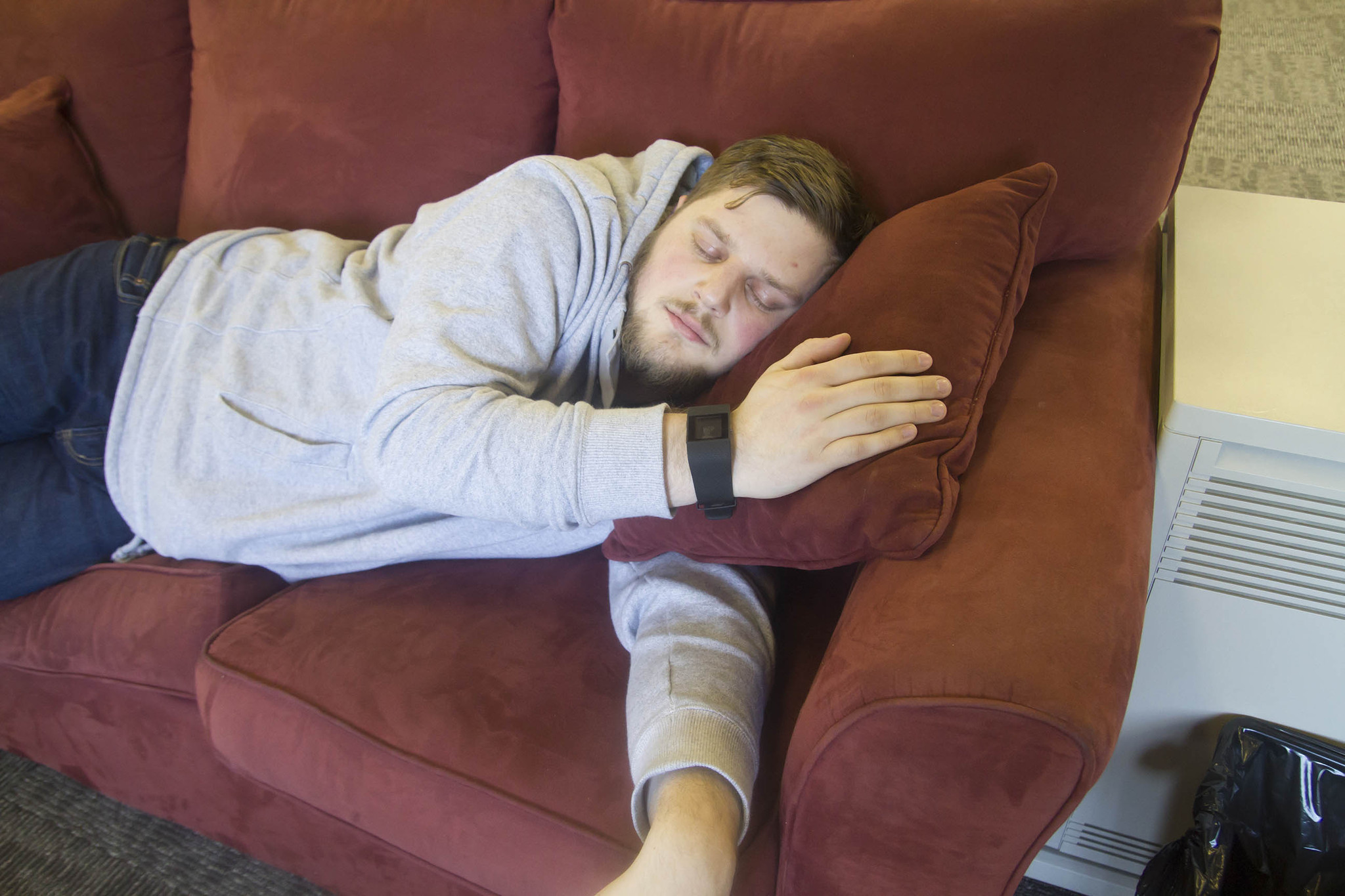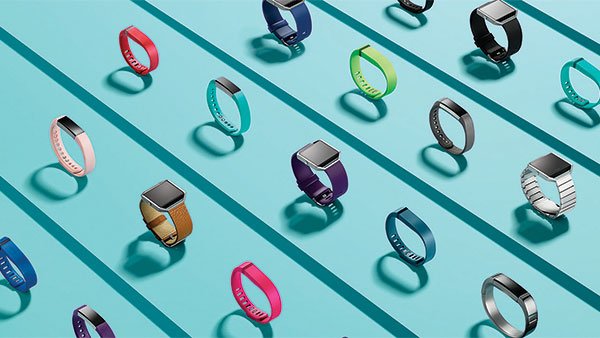Which Fitbits do sleep tracking?

A good night's sleep is important for maintaining good overall physical health. Unfortunately, getting a full 8-hour sleep like health experts suggest is increasingly difficult in today's busy, screen-filled world.
Using your smartphone in bed is generally considered to be detrimental to getting a good night's sleep. However, there are some beneficial sleep tracking apps out there that can help you monitor your sleep habits and determine whether or not you're getting the most restful sleep that your body requires. Conveniently sleep tracking is one of the features included in most Fitbit devices.
What is a sleep tracker and what does it do?
A sleep tracker can either be a smartphone app or a connected device that you either wear or leave on your bed to track your movements throughout the night. The more restless your sleep, the less likely you are to achieve REM sleep. So if you constantly find yourself waking up groggy, using a sleep tracker will give you insight into how soundly you sleep at night, as well as helping you to determine ways to improve your sleep habits.
Wait, what's REM sleep?
In the simplest of terms, REM stands for rapid eye movement, and is the most crucial part of the sleep cycle—occurring just after you've reached the deep sleep when your mind starts dreaming. In a typical 8-hour sleep cycle, your body should slip into REM sleep 4-5 times, with the REM cycles getting deeper and longer as your continue to sleep. REM sleep is important for your brain health, and not getting enough can affect your mood and make it harder to concentrate and remember things throughout your day.
So how does a Fitbit track my sleep patterns?
Well, when you wear your Fitbit to bed, it will automatically shifts into sleep tracking mode after about an hour of non-movement. It then begins to track your subtle movements during sleep, such as if you roll over or readjust yourself subconsciously. If you're extremely restless during your sleep, your Fitbit will record you as awake based on repeated movement.
Once you wake up, you can review your sleep data from within the Fitbit app dashboard, whether you want to see how restless you were on any particular night or review how much sleep you've gotten in the past week. You can also use the Fitbit app to manually turn on sleep mode if you're so inclined, but the Fitbit does a pretty good job all on it's own of knowing when you're asleep. And if you ever find that it's registering sleep when you're actually just being really sedentary (which should really be a sign to get up and move!) you can always go in and edit the data.
So I must be wearing my Fitbit while I sleep?
Yes, on your wrist, just like you would during the day. It might feel weird at first, but like anything, you'll get used to it. But you could also attach it to your ankle if that's more comfortable for you. If you've been recharging your Fitbit while you sleep, that'll require and adjustment of your schedule, for sure. We recommend you top off your Fitbit battery while you take a shower, or maybe while you're sitting at a desk, watching TV, or some other sedentary activity where you won't be getting any steps in anyway.
Master your iPhone in minutes
iMore offers spot-on advice and guidance from our team of experts, with decades of Apple device experience to lean on. Learn more with iMore!
Which Fitbits include the sleep tracking feature?
The following Fitbit models have sleep tracking functionality:
- Fitbit One — $79.89
- Fitbit Flex — $79.89
- Fitbit Charge — $99.93
- Fitbit Charge HR — $129.89
- Fitbit Surge — $229.00
- Fitbit Alta — $129.95
- Fitbit Blaze — $199.95
You'll notice that's pretty much the entire Fitbit line up, excluding the clip-on Fitbit Zip.

○ Fitbit Buyers Guide
○ Fitbit Users Guide
○ The Best Fitbit to Buy
○ Fitbit News
○ Fitbit Forums
○ Buy on Amazon
Pop culture geek, hopelessly addicted to streaming movies, tv shows, and podcasts. Would be lost in life without unlimited data.

